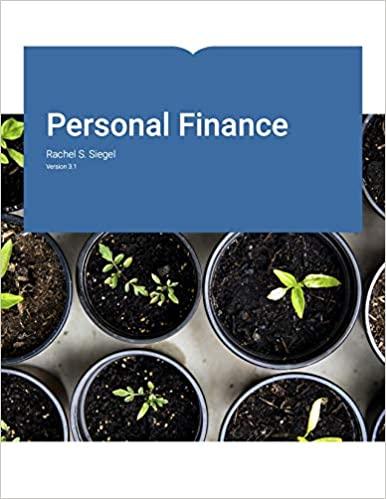Question
5) Dow Chemical is to deliver chemicals to an Indian firm in one year and is supposed to receive 40 million rupee (INR) at the
5) Dow Chemical is to deliver chemicals to an Indian firm in one year and is supposed to receive 40 million rupee (INR) at the time of delivery. The current exchange rate is 34.5 rupee per dollar (INR/$) and the one year-forward rate is 40 rupee per dollar (INR/$).Dows one-year interest rates are 18% for rupee funds and 4% for dollar funds.
Suppose that Dow decides to hedge its exposure to the rupee. What are the alternatives available to Dow based on the information given? Which hedge is optimal for Dow?
6) The peso is quoted in direct terms at 28.7356 /Ps BID and 28.7715 /Ps ASK in Tokyo. The yen is quoted in direct terms at 0.03416 Ps/ BID and 0.03420 Ps/ ASK in Mexico City.
a) Calculate the bid/ask spread as a percentage of the bid price from a Japanese and from a Mexican perspective.
b) Is there an opportunity for profitable arbitrage? If so, describe the necessary transactions using a 1 million starting amount.
7) The real rate of interest on bank loans and deposits is 2% in both the UK and the US. Inflation in the US is 6%. In equilibrium, what is the UK inflation rate?
8) As a percentage of an arbitrary starting amount, about how large would transactions costs have to be to make arbitrage between the exchange rates S0SFr/$ = 1.7223 SFr/$, S0$/ = 0.009711 $/, and S0/SFr = 61.740 /SFr unprofitable?
9) You are free to invest in any currency. You can trade at the following prices:
Spot rate, Russian ruble per dollar 20 RUB/$
6 month forward rate for rubles 22 RUB/$
6-month Russian interest rate 18%
6-month U.S. interest rate 6%
a) Is covered interest arbitrage worthwhile? If so, explain the steps and compute the profit.
b) Suppose that there is no forward market for the Russian ruble. Explain how aninvestor can engage in uncovered interest arbitrage and whether this is a truearbitrage or not.
10) Suppose that S0$/ = 1.25$/, F1$/ = 1.20$/, i = 11.56% and i$ = 9.82%. You are toreceive 100,000 on a shipment of goods in one year. As a US-based firm you want to avoid foreign exchange risk.
a) Form a forward market hedge. Identify which currency you are buying and which currency you are selling forward. When will currency actually change hands? Today? Or, in one year? b) Form a money market hedge that replicates the payoff on the forward contract by using the spot currency and the Euro-currency markets. Identify each contract in the hedge. Does this hedge eliminate the foreign exchange risk?
c) Are the currency and Euro-currency markets in equilibrium? How would you arbitrage the difference from the parity condition?
Step by Step Solution
There are 3 Steps involved in it
Step: 1

Get Instant Access to Expert-Tailored Solutions
See step-by-step solutions with expert insights and AI powered tools for academic success
Step: 2

Step: 3

Ace Your Homework with AI
Get the answers you need in no time with our AI-driven, step-by-step assistance
Get Started


